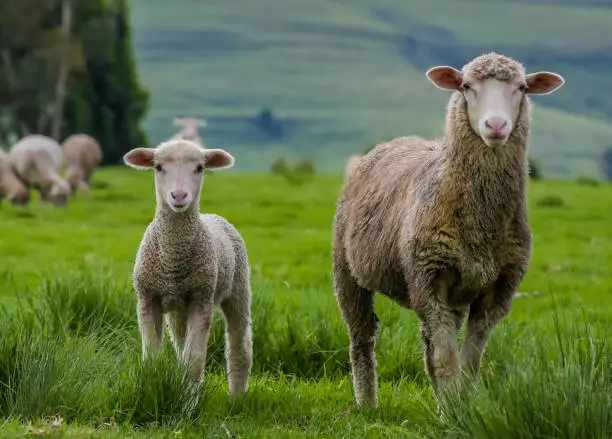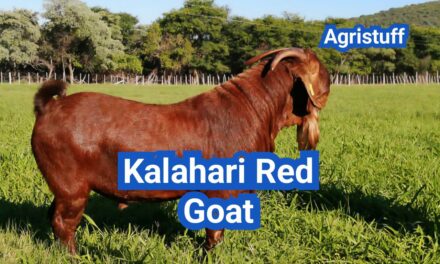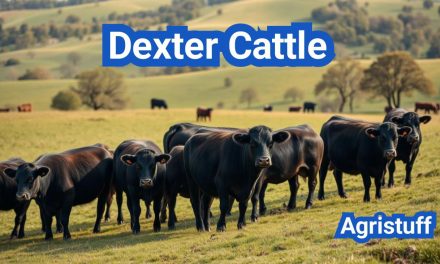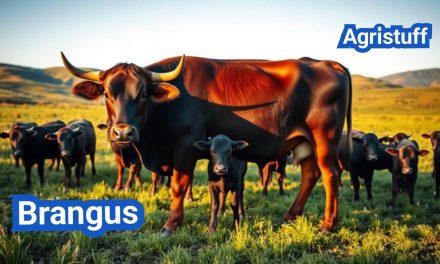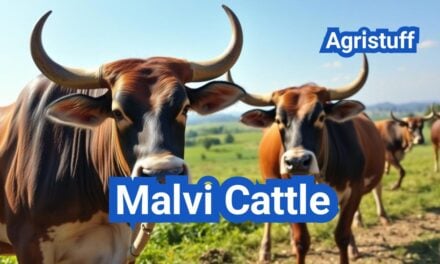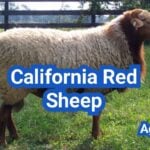Goat farming, one of the oldest agricultural practices, remains a vital part of the global agricultural economy. It’s more than just raising goats; it’s a complex system influenced by science, environmental factors, and market demands. This article explores the science behind goat farming, the methods used, the different breeds, and key facts about the industry. Whether you’re a beginner or an experienced farmer, this guide will provide valuable insights into the world of goat farming.
The Science Behind Goat Farming
Successful goat farming relies on understanding the scientific principles that govern the health and productivity of goats. From biology and nutrition to genetics and behavior, science plays a crucial role in optimizing goat farming practices.
Goats are ruminants, meaning they have a four-chambered stomach that allows them to digest a variety of feeds. The rumen, a key part of their digestive system, relies on microbial fermentation to break down food into nutrients. Maintaining a healthy rumen environment is essential for their growth and productivity.
Nutrition is another critical factor. Goats require a balanced diet tailored to their life stage, whether they’re lactating, growing, or breeding. Understanding the nutritional value of different feeds and how to formulate diets is key to keeping your herd healthy.
Genetics also plays a significant role. Selective breeding can improve traits like milk yield, meat quality, and fiber production. By applying genetic principles, farmers can enhance the long-term productivity of their herds.
Disease prevention is equally important. A basic understanding of common goat diseases, their symptoms, and treatments can help maintain a healthy herd. Additionally, understanding goat behavior—such as their social structure and feeding habits—can improve farm management and productivity.
In summary, goat farming is a blend of science and practical skills. By combining knowledge of biology, nutrition, genetics, and behavior, farmers can optimize their operations and achieve greater success.
Methods of Goat Farming
Effective goat farming requires more than just understanding the animals; it also involves implementing the right farming methods. Two popular approaches are integrated management systems and rotational grazing.
An integrated management system combines livestock, crops, and forestry to create a sustainable farming ecosystem. For example, goats can feed on crop residues, while their manure enriches the soil. This method reduces waste and lowers feed costs.
Silvopasture, a form of integrated farming, involves raising goats in forested areas. Goats naturally browse on shrubs and tree leaves, which helps control undergrowth and improve soil health. However, careful management is needed to prevent overgrazing and maintain forest productivity.
Rotational grazing is another effective method. It involves moving goats between different grazing areas or paddocks to allow pastures to recover. This approach improves forage quality, reduces feed costs, and minimizes the risk of parasitic infections.
Record-keeping is also essential. Detailed records of breeding, health, and production help farmers make informed decisions. For instance, tracking milk yields or growth rates can identify high-performing goats and improve breeding programs.
By combining these methods, farmers can optimize resources, reduce costs, and ensure the sustainability of their operations.
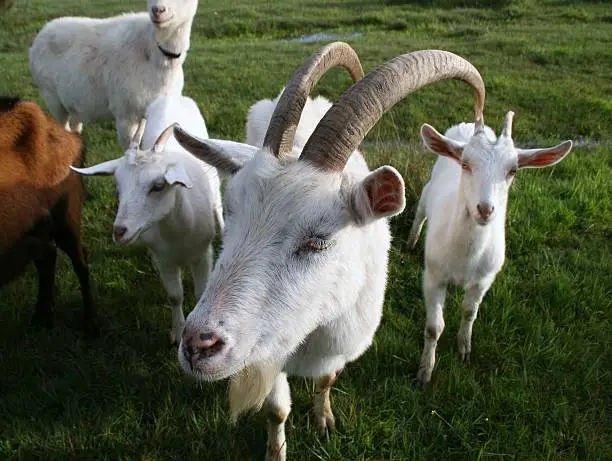
Different Breeds of Goats and Their Characteristics
Goats come in a variety of breeds, each with unique traits suited to different farming goals. Understanding these breeds is crucial for selecting the right ones for your farm.
For meat production, the Boer goat is a top choice. Originating from South Africa, it’s known for its rapid growth and high-quality meat. Spanish goats, on the other hand, are hardy and adaptable, making them ideal for harsh environments.
Dairy farmers often prefer breeds like the Saanen and Nubian. The Saanen is prized for its high milk production, while the Nubian produces milk with a higher butterfat content, making it ideal for cheese and yogurt.
For fiber production, Angora and Cashmere goats are popular. Angora goats produce mohair, a luxurious fiber used in textiles, while Cashmere goats yield soft, warm cashmere wool.
Choosing the right breed depends on your farming objectives. Whether you’re focused on meat, milk, or fiber, selecting the appropriate breed can significantly impact your farm’s productivity and profitability.
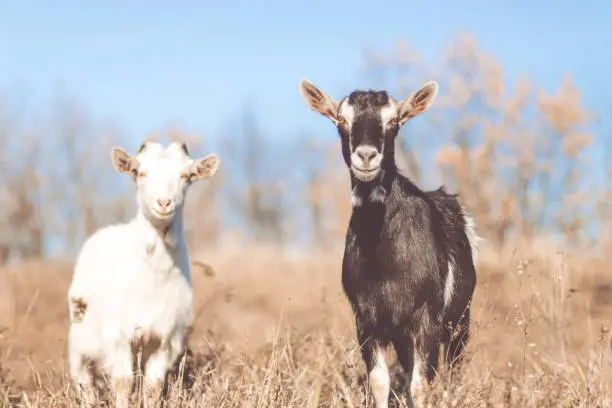
Key Facts and Trends in Goat Farming
Goat farming is a growing industry with significant potential. According to the Food and Agriculture Organization (FAO), goats contribute over 60% of the world’s meat and milk production, particularly in Asia and Africa. In the U.S., the number of goats farmed annually has been steadily increasing, reaching over 2.6 million.
One of the key trends is the rise of goat dairying. Goat milk is gaining popularity due to its nutritional benefits, such as being easier to digest and lower in lactose. The U.S. goat cheese market has been growing at a rate of 20% annually over the past decade.
In meat production, breeds like Boer and Spanish goats are favored for their high carcass yields. For fiber, Angora and Cashmere goats are in demand, with the U.S. being a leading producer of mohair.
Integration methods, such as combining goat farming with crops or forestry, are also gaining traction. These practices not only reduce costs but also promote sustainability by improving soil health and biodiversity.
Record-keeping remains a cornerstone of successful goat farming. By tracking data on growth, breeding, and health, farmers can make informed decisions that enhance productivity and profitability.
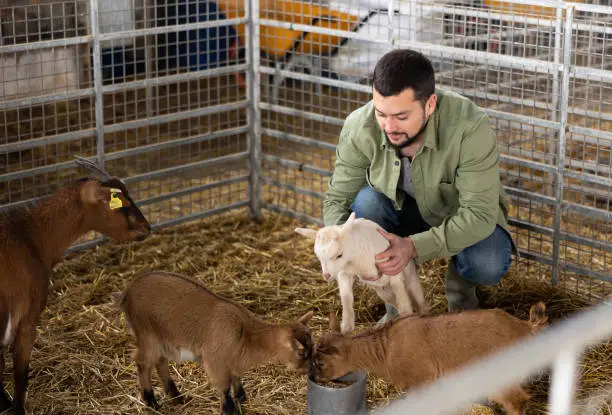
Conclusion
Goat farming is a dynamic and rewarding agricultural practice with deep roots in science and tradition. By understanding the biology of goats, implementing effective farming methods, and selecting the right breeds, farmers can optimize their operations and achieve sustainable success.
The industry’s future looks promising, driven by trends like goat dairying, sustainable integration methods, and the growing demand for goat products. Whether you’re a small-scale farmer or a large-scale producer, goat farming offers numerous opportunities for growth and innovation.

